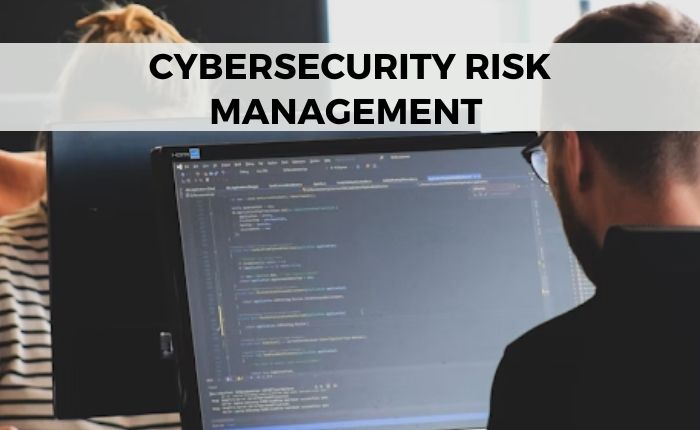USA: +1 (551) 242-2980 | India: 1800 102 1532 (Toll Free)
There are several major components that businesses need to consider to remain as safe and secure in their operations as possible in the current day and age. One of the most critical of said components is Cybersecurity Risk Management. The physical world is now highly connected and controlled by the virtual world, so it’s essential to ensure that businesses are protecting themselves sufficiently in virtual ways. Please continue to learn everything you need to know about the basics of cybersecurity risk management.
Related: The Importance of Cyber Security in the Healthcare Industry

In short, cybersecurity risk management is an ever-evolving process of identifying, analyzing, evaluating, and addressing the various cybersecurity threats that have the potential to impact your business and its operations. Cybersecurity is also not just a job for IT professionals and security personnel. It requires the full cooperation of all business employees to protect the business’s interest in an entirely consistent and comprehensive manner. Some key examples of risk management components within a business include:
In the world of cybersecurity risk management, the general process people need to understand involves four basic steps that are broken down into various components. Said steps and their components include:
IT risks can be considered potential and unexpected adverse business outcomes that involve the failure or misuse of IT systems. Basically, what are the overall odds of a potential threat exploiting an IT vulnerability, and what would the results of that exploitation be for the company? In short, to fully understand cybersecurity risks, businesses will examine these three primary components:
Cybersecurity risk assessments are used to identify possible risks that will need to be mitigated to protect the business’s operations, assets, and overall interests. Assessing these risks is most effectively done by following six specific steps:
Related: Cyber Security for Startups
Once all of the necessary cybersecurity risks have been appropriately assessed, businesses will then need to develop a range of practical mitigation efforts to prevent potential threat events and manage residual risk. This is typically done through the implementation of cybersecurity best practices, including:
After a business, company, or organization has carefully identified, assessed, and mitigated their various cybersecurity risks, they will also want to establish a range of critical, ongoing monitoring systems to help ensure the continued efficiency of their risk management system. In general, businesses will want to monitor a range of factors, including:
Enterprise information security is a highly critical component of ensuring your business remains as safe as possible, but who should you rely on for your security needs? Reach out to the trusted professionals at IARM today to learn about their specialized services and what they can do for you.
Inquire Now